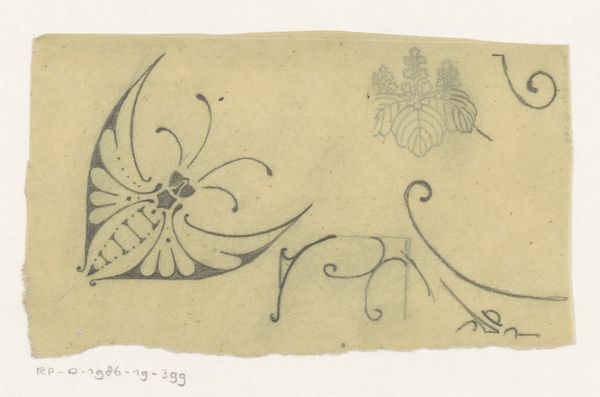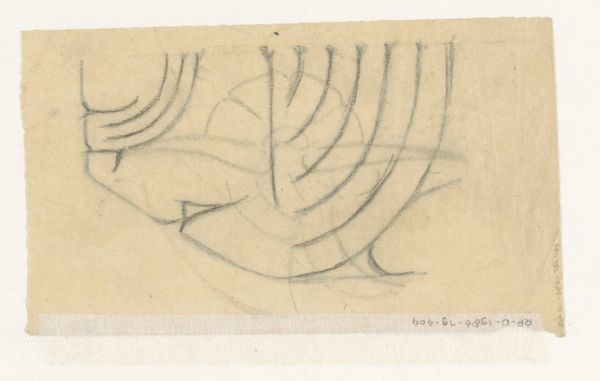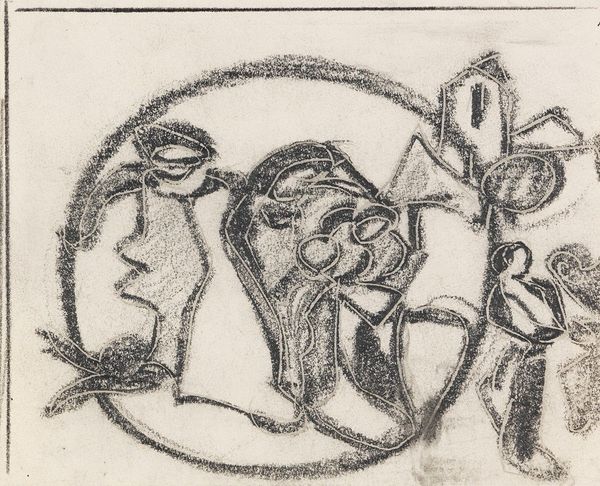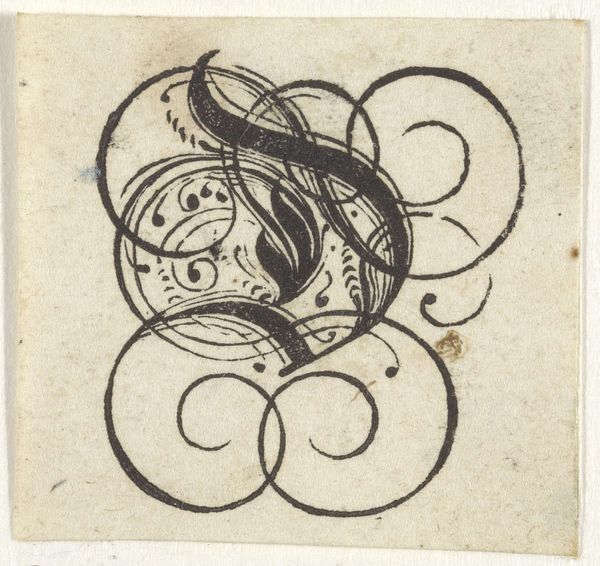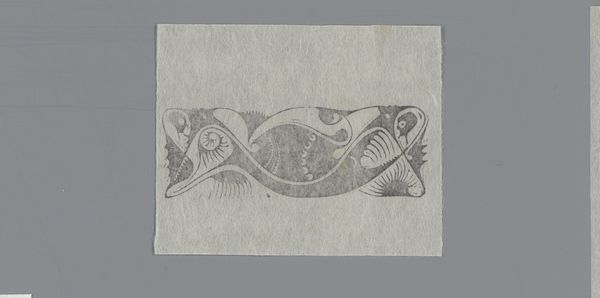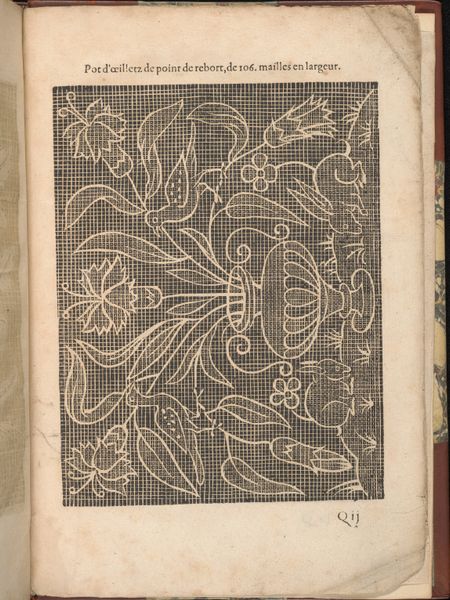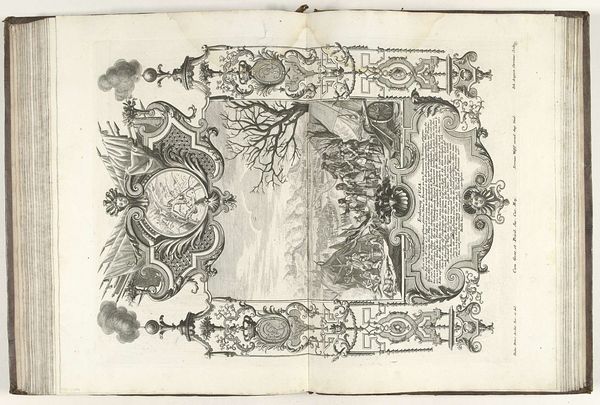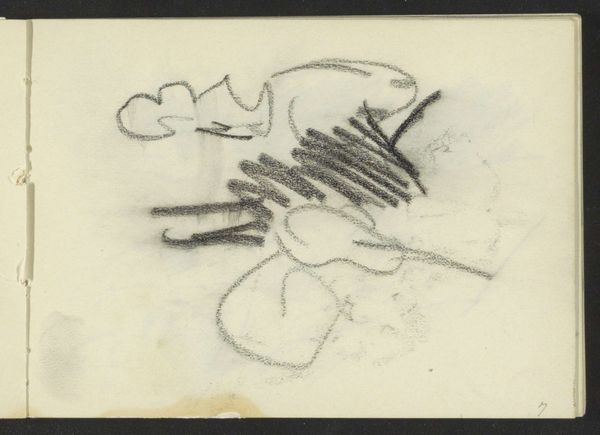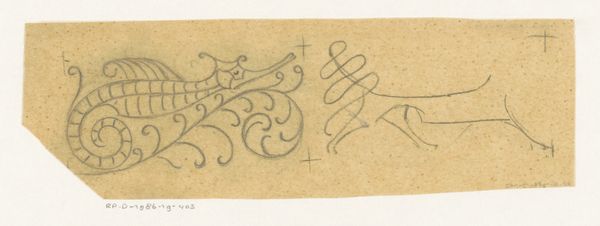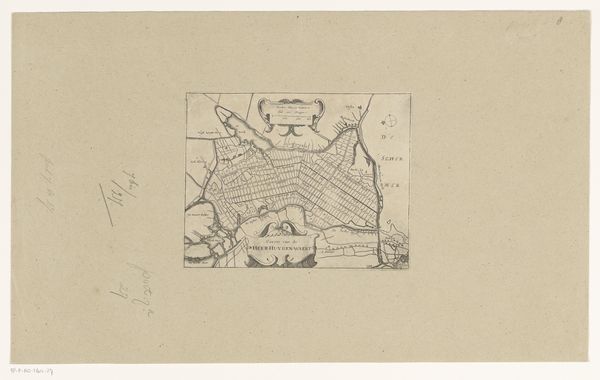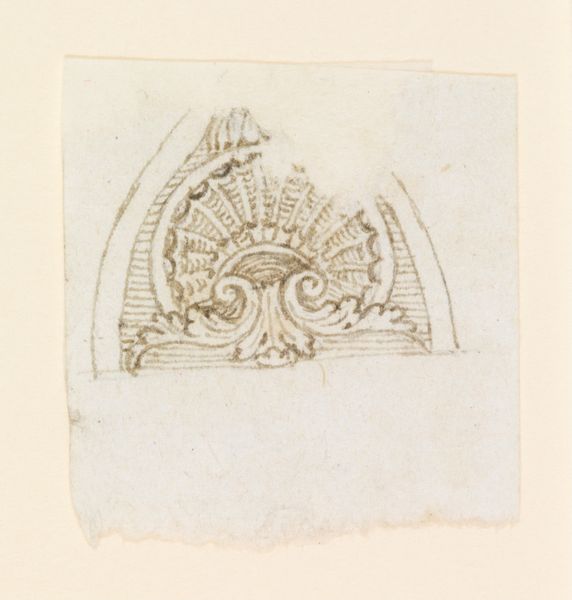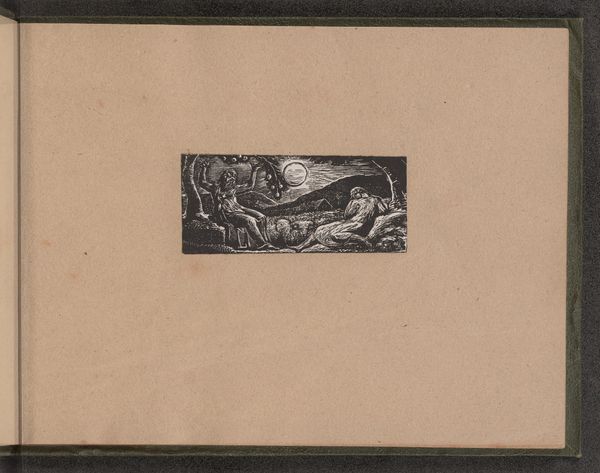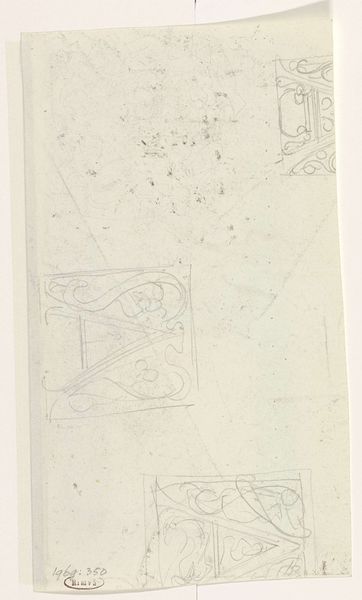
drawing, ink
#
drawing
#
constructivism
#
ink
#
geometric
#
abstraction
Copyright: Sandor Bortnyik,Fair Use
Editor: This is Sándor Bortnyik's *Abstract Composition*, done in ink. I see sharp angles and dense mark-making. It’s almost like a blueprint, but for what? What can we say about this artwork? Curator: Considering the labor and materials, notice the immediate, unmediated quality of ink on paper. Bortnyik wasn't obscuring the process; he highlighted it. How does this directness, this lack of polish, affect your interpretation? Editor: It feels intentional. Not precious. Raw, even. So, instead of grand pronouncements, this piece draws attention to its creation? Curator: Precisely! Think about the social context of 1917. Revolution was brewing, empires collapsing. Could the jagged lines and colliding forms reflect a disruption of traditional order, mirrored in the artist's choice to use accessible, everyday materials rather than costly oils and canvas? Editor: That’s interesting. So the choice of ink, the simplicity of the lines, might reflect broader social shifts. It makes the artwork feel less… isolated from the world. Curator: Consider also the democratization of art implied by using inexpensive materials and straightforward techniques. Was Bortnyik perhaps democratizing art-making? How might that challenge conventional notions of artistic value? Editor: So, this isn’t just a random jumble of shapes; it’s a statement about art’s accessibility and connection to the real world! It sounds like a form of Constructivism with strong materialist values. Curator: Exactly! And it prompts us to rethink how materials and production processes contribute to a work’s meaning. Editor: This really highlights the social factors in his art making choices. I definitely understand Bortnyik’s art a bit better now. Thanks!
Comments
No comments
Be the first to comment and join the conversation on the ultimate creative platform.

